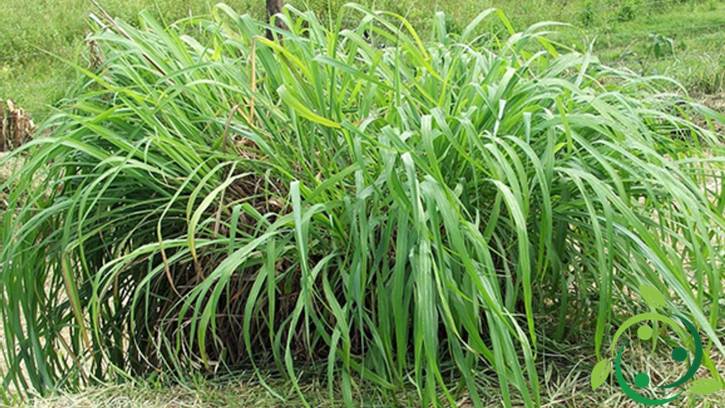How to grow lemongrass
How to grow lemongrass
Lemongrass, a plant belonging to the genus Cymbopogon, is a perennial grass that is similar to the sorghum of origin of the temperate-warm and tropical regions. It is also known with the English name of lemongrass (ie lemon grass) and is a plant with a bushy habit that can reach even the meter of height, with an erect stem and leaves of an intense greenish color tending to bluish and falling, which give off a pleasant citrus scent. It is widely used in India and other Asian countries as an ingredient in sauces and soups, while in Asia and Africa for the preparation of herbal teas. Lemongrass, like geraniums, is also used to keep mosquitoes away in a natural way. The essential oil of lemongrass is used as an anti-mosquito remedy.
For the cultivation of lemongrass you can start from seed and seedlings for sale already in nurseries. For the cultivation in pot it is advisable (seen the use anti-mosquitoes) a support with the wheels of easy movement in the places where it is needed. If grown in pots, place these away from wind and cold currents and make sure you do not leave stagnant water in the saucers. In cultivation in the gardens it should be placed (especially in the northernmost latitudes) in sheltered places, near bushes or ornamental plants to protect it from the cold (under 8 ° C the plant starts to suffer). The lemongrass sowing should be carried out between March and July in small pots, covering the seed with little soil that must always remain moist. For the transplant, this should be done the following year in the spring period. Taking care to repot or put them in the garden when they reach a height of about 10 centimeters. The most suitable place is in a sunny or partially shaded area and with wide adaptability to various types of terrain. In a single medium-large vessel, you can also place more seedlings (3-5). Furthermore, the citronella can be reproduced by division of the tufts; in this case the operation must be carried out in the autumn with immediate planting. It is only necessary to be careful to check that the roots are alive. Lemongrass requires regular and frequent watering, especially during the period from March to September. For repotting, always wait until the plant is well rooted and this must be done when you notice that the roots of the plant start to escape from the drainage holes of the vessels. The lemongrass then needs little care, both from the phytosanitary point of view, as it is not very appreciated by many insects and, as far as its estate is concerned, it only needs to be periodically deprived of the oldest or driest leaves.

